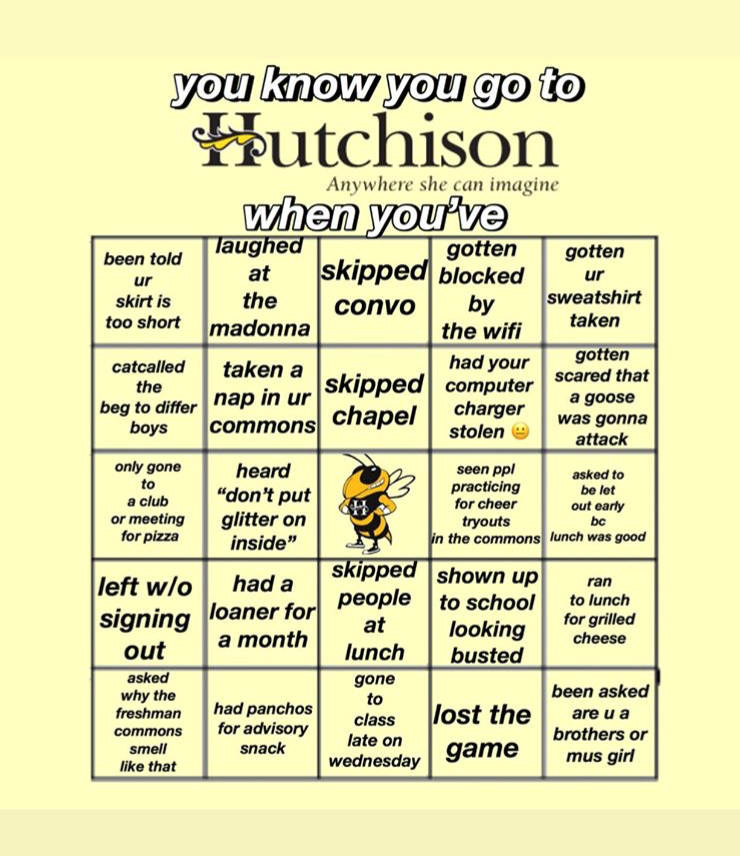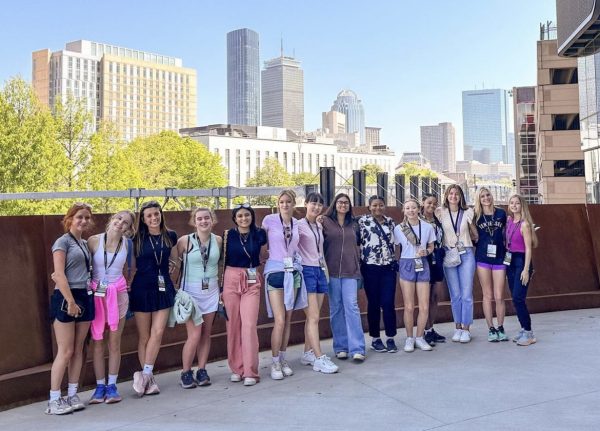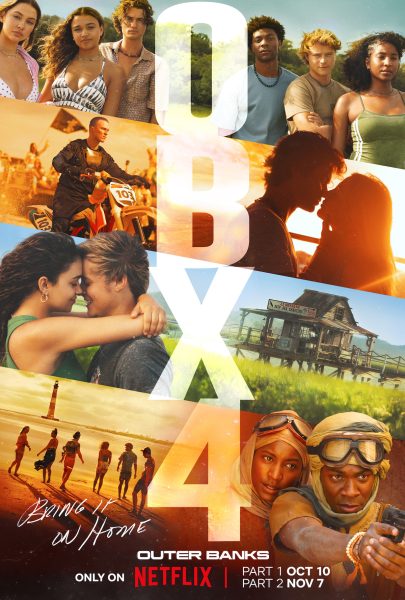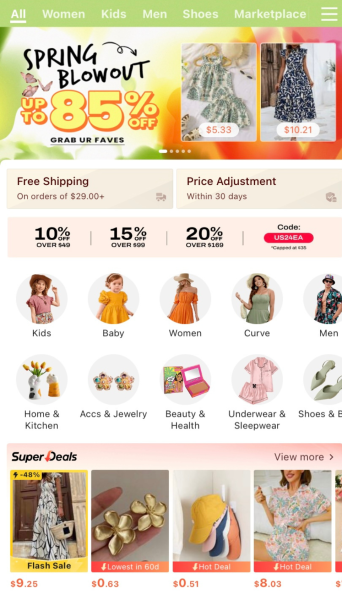COVID-19: Making Instagram Casual Again
In light of safer-at-home orders from our municipal and state governments, many middle and high school students have taken to social media to fight off boredom by creating and participating in various social media challenges. In normal circumstances over the past few years, most teenagers have used social media to post about life updates such as prom, graduation, and football games. However, because events like these are not happening currently because of coronavirus, the role of social media has reached a turning point.
For example, users have flocked to Instagram to create their own versions of March Madness this year by creating brackets for local restaurants, TV shows, Disney movies, and more to discover who reigns supreme in each of these categories. The Daily Vogue, an account run by a few MUS students, even created a bracket about MUS faculty members with Coach T taking home the victory. The youth group of Second Presbyterian Church, True North, also created a bracket of Memphis restaurants, and Huey’s ended up winning. Huey’s responded to their success by reposting the results on their Instagram story with this note: “Yesssss” with a hands up emoji.
Additionally, there have been other Instagram challenges spreading across the platform such as the Until Tomorrow challenge and various forms of Bingo. In the Until Tomorrow challenge, if a user likes a post with the caption “until tomorrow,” he or she receives a direct message via Instagram with instructions to post an embarrassing picture of oneself for 24 hours, or until tomorrow. The goal is too make others laugh with funny pictures in a time that can be discouraging. Users have also sought to “spread positivity” by posting a solo shot on their respective Instagram accounts and tagging “10 beautiful people.” This trend has received a little bit of backlash because it can make users who are not tagged feel left out, but the goal to spread positivity is still appreciated by most, even if it is not effective. There has also been an influx of “see a pup, send a pup” Instagram stories in which users post photos of their dogs.
This change in social media usage, at least among younger users, might not be all that new, however. In fact, it is fairly similar to what Mike Zuckerberg and Kevin Systrom seemed to intend when they first created Facebook and Instagram, respectively. When Adam Mosseri, the head of Instagram, decided to hide the number of likes each account gets from other users, he stated that, “The big idea is to try and make Instagram feel less pressurized, to make it less of a competition. So, you can spend a little bit less time worrying about how many likes you have and a little bit more time connecting with people or things that inspire you.” From the dawn of social media, its goal has always been to connect people with each other when they cannot communicate face to face and although users have morphed social media to use it in other ways, it seems to be trending back towards its original purpose.
If there is anything good resulting from this pandemic, it is that the social distancing and isolation is encouraging people to use social media creatively to connect to others and even head back towards the original goals of social media rather than constant comparison.












